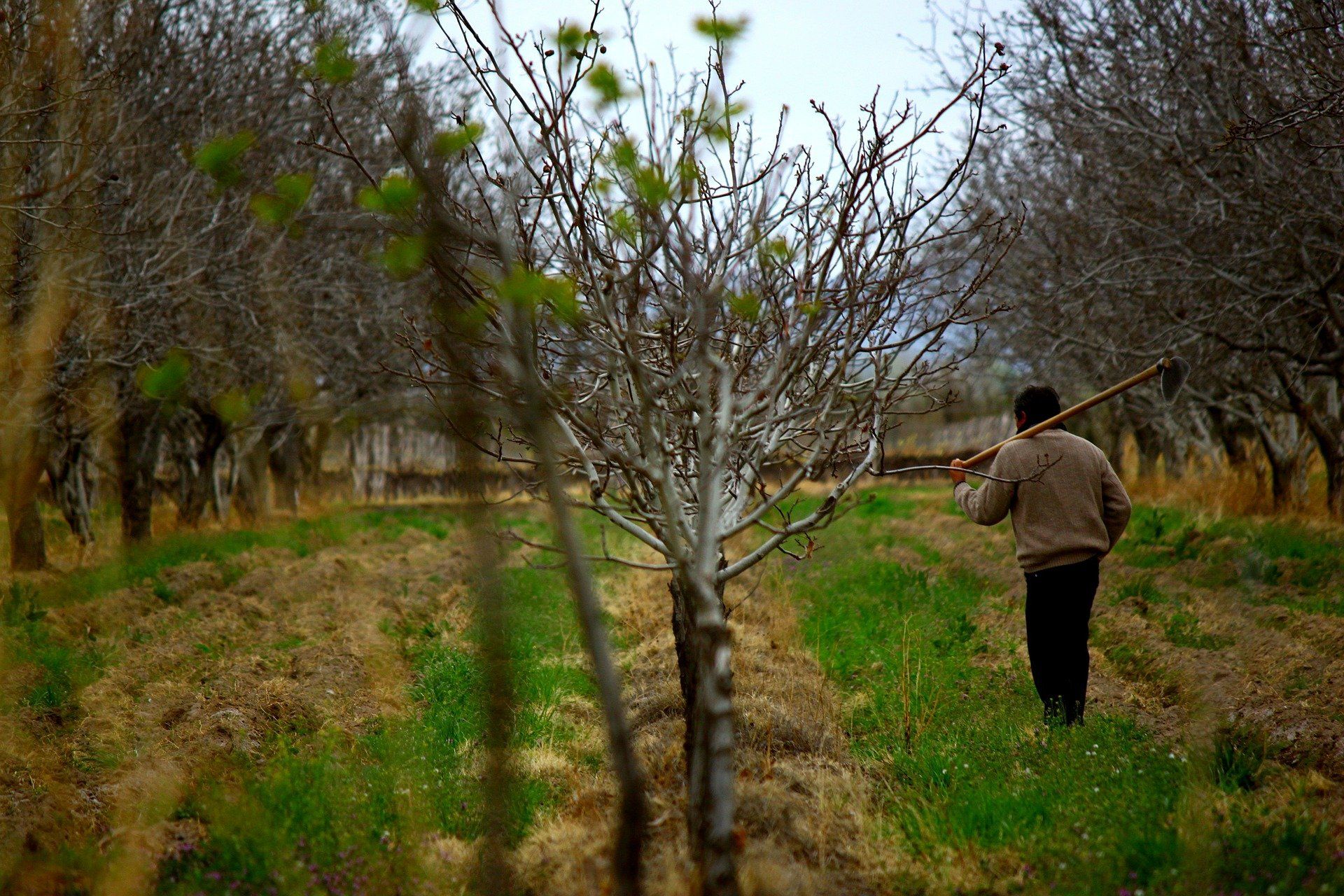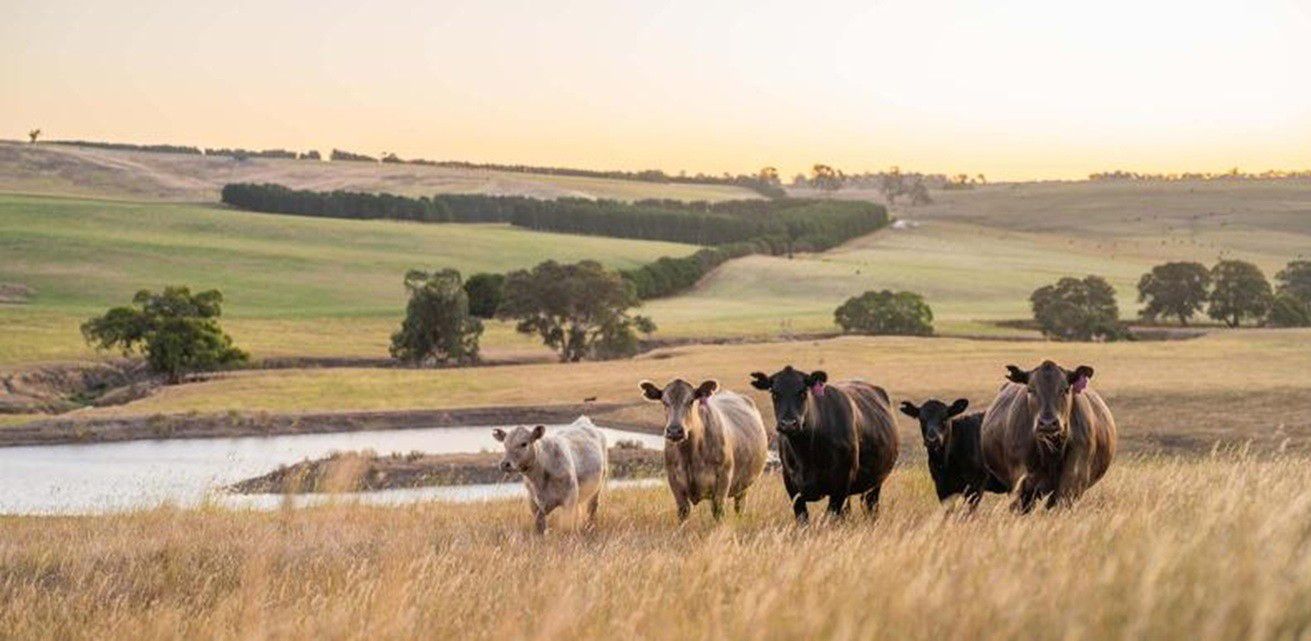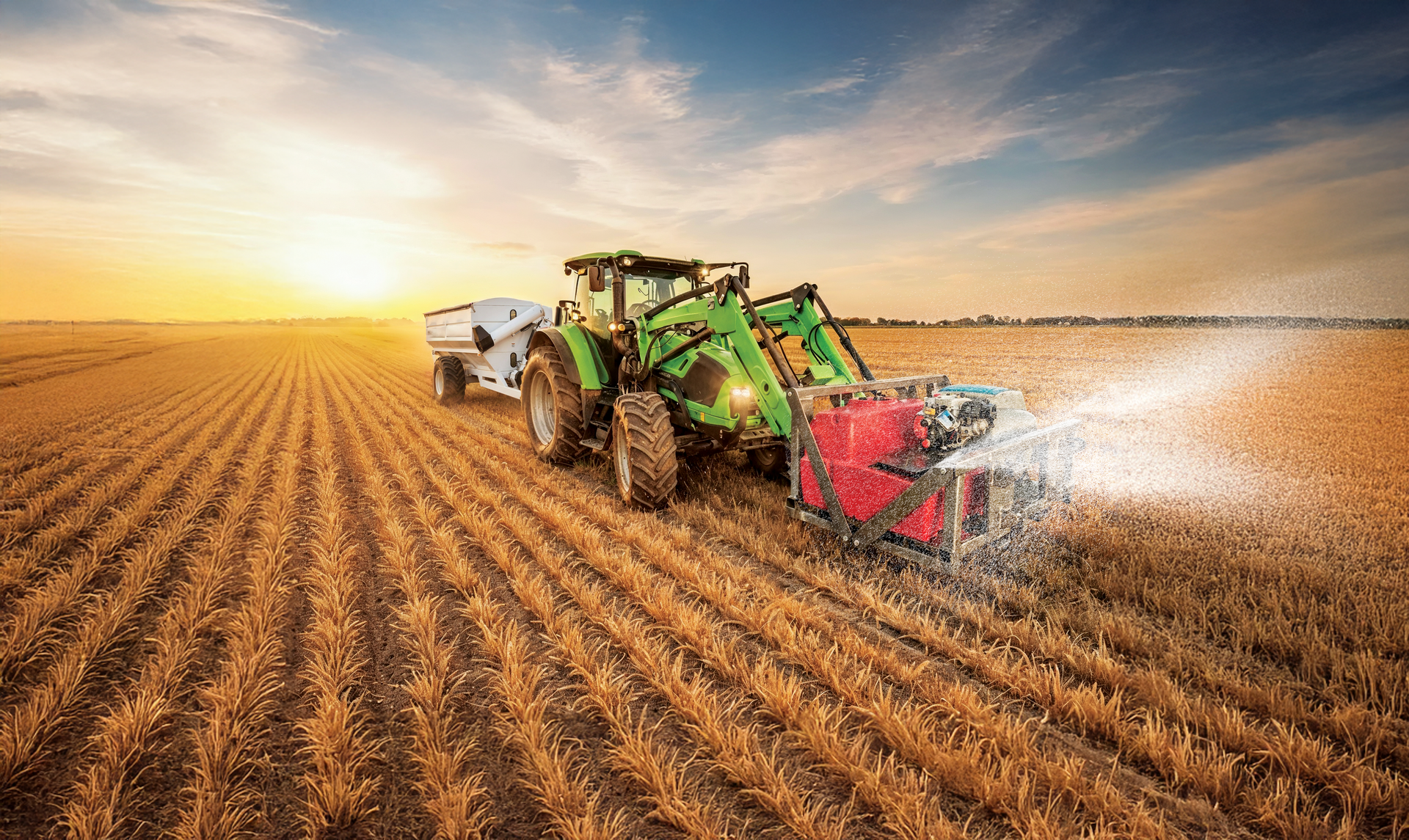1MG FlippingBooks
Rural labourers to dry up in Aus agricultural sector
Elizabeth Gracie

Australia’s $14.4bn horticulture sector will soon be faced with a severe labour shortage as a result of current COVID-19 travelling restrictions.
This will mean that farmers may not be able to pick their fresh fruit produce before it rots on trees and in paddocks across the country.
Traditionally, backpackers and seasonal workers from islands in the Pacific such as Tonga and Fiji have worked throughout the summer to pick the fruit and supply Australian supermarkets whilst on working holiday visas.
However, there is now a very tangible fear that these labourers will not be allowed into the country to work under current biosecurity laws, even if they undergo the mandatory 14-day hotel quarantine.
Australian National University (ANU) Academic Richard Curtain said that his research indicated that Federal authorities need to act now to allow more farmworkers in Australia to avoid a future labour crisis.
“The challenge for growers in Australian horticulture is to find sufficient labour for the months of September 2020 to January 2021 to harvest the fruit and vegetables they have produced, “ said Curtain.
Curtain said his research with the ANU Development Policy Centre showed that in the last year over 32,000 seasonal workers were granted second year visas after working for 88 days in Australia picking fruit.
His research suggests that there is now less than 8,000 seasonal workers across the country to fill an estimated 40,000 seasonal workers positions.
This would mean that Australia’s food supply chain may face serious disruptions if these roles aren’t filled.
Curtain said that this is both an industry issue and a food issue for Australia.
“The food supply chain….could be under threat if workers are not available when they’re needed”.
The Federal Government has shut down any chance of respite through the Seasonal Worker Programme which has been shut down until international borders reopen, which potentially may not occur well after the fruit picking season begins.
In the early days of the coronavirus-related lockdowns, some farmers noted an increase in worker applications from the cities, where work was less available.
NEWS

Prodoz, a Proudly Australian and family-owned agribusiness, based in Melbourne, is strengthening its positions as national/international leader in advanced crop – science solutions through a growing portfolio of global innovation partners and a distribution footprint supported by all major distributors - includes Nutrien Ag, Elders, Lindsay Rural and Independent Rural stores.

Trace minerals are required for optimal growth, reproduction, and immunity. Optimising trace mineral status relying solely on oral supplements across a herd may fail because of variation in individual intake and reduced absorption due to antagonism of other ration components and minerals. The use of injectable trace mineral supplements has been associated with positive reproductive outcomes including improved conception rate, increased odds of pregnancy and greater final in calf rate. A study conducted on 2,168 dairy cows, administered injectable trace minerals, four weeks prior to calving and again four weeks prior to the start of mating showed treated animals had a 3.3 per cent greater final in-calf rate, and a reduced time from start of mating to conception, compared to control animals 1 . The Importance of B12 Dr Carl Eden, Technical Services Veterinarian with Boehringer Ingelheim says “Vitamin B12 is sometimes referred to as a ‘super vitamin’ because it is only required in very small amounts but vital to many essential metabolic pathways. However, demand for B12 can vary considerably during the year and we see serum levels of B12 fall at critical times, such as the first few months after calving.” Vitamin B12 contains cobalt, so deficiency in cobalt can lead to deficiency in vitamin B12 because ruminants get most of their B12 as a byproduct of ruminal fermentation where the bacteria in their rumen assemble B12 from cobalt for use by the cow. Sub-optimal trace mineral and vitamin B12 status at calving, mating, and drying off has been shown to negatively impact growth, reproduction, and immunity. Using a trace mineral injectable containing vitamin B12 can improve trace mineral and vitamin B12 status at these critical times. Marks-Min with Vitamin B12 – The Evidence In the largest trace element study to date, Marks-Min Injectable Trace Mineral with Vitamin B12 demonstrated remarkable results when compared to a reference trace mineral injection. “Given the differences between Marks-Min and other products on the market, we wanted to generate a compelling data set to demonstrate how effective it was compared to the pioneer product. We entrusted this work to a third-party research company” says Dr Eden. “We chose farms that were at the top of their game from a reproductive perspective. We made sure that the farms had no evidence of trace element or vitamin B12 deficiencies or excess.” Across all outcomes of interest, Marks-Min demonstrated clear non-inferiority when compared to the reference product. Outcomes measured included submission, pregnancy and conception rates, and six week in-calf rate. Marks-Min demonstrated it is highly suited as an alternative treatment to the reference product. Reference: 1. Hawkins, D., and B. V. S. Franklin. New Zealand Dairy Veterinarians Newsletter 24 (2007): 12-16 Company website: livestockfirst.com.au Company email address: CustomerCare.Australia@boehringer-ingelheim.com Company video: https://vimeo.com/1138807630?fl=pl&fe=cm














